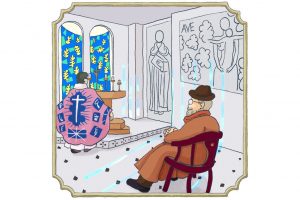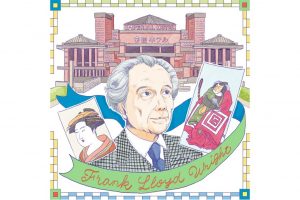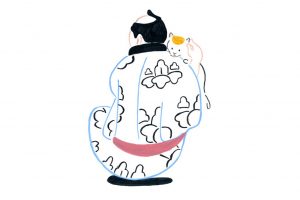Yuzo Saeki set out to Paris along with his wife and their young daughter soon after graduating from the Tokyo School of Fine Arts. Several months later, when Saeki thought he had painted a satisfactory nude, he visited the fauvist master Maurice de Vlaminck to show him the painting. However, as soon as Vlaminck saw the painting, he furiously shouted, “You academic!” This must have come as a great shock to Saeki, who loved Van Gogh and Cézanne and thought he had nothing to do with the conservative style of academism. Awakened by this one word, Saeki began working furiously with extraordinary concentration to acquire his own unique style.
Yuzo Saeki
Examining artists
No.036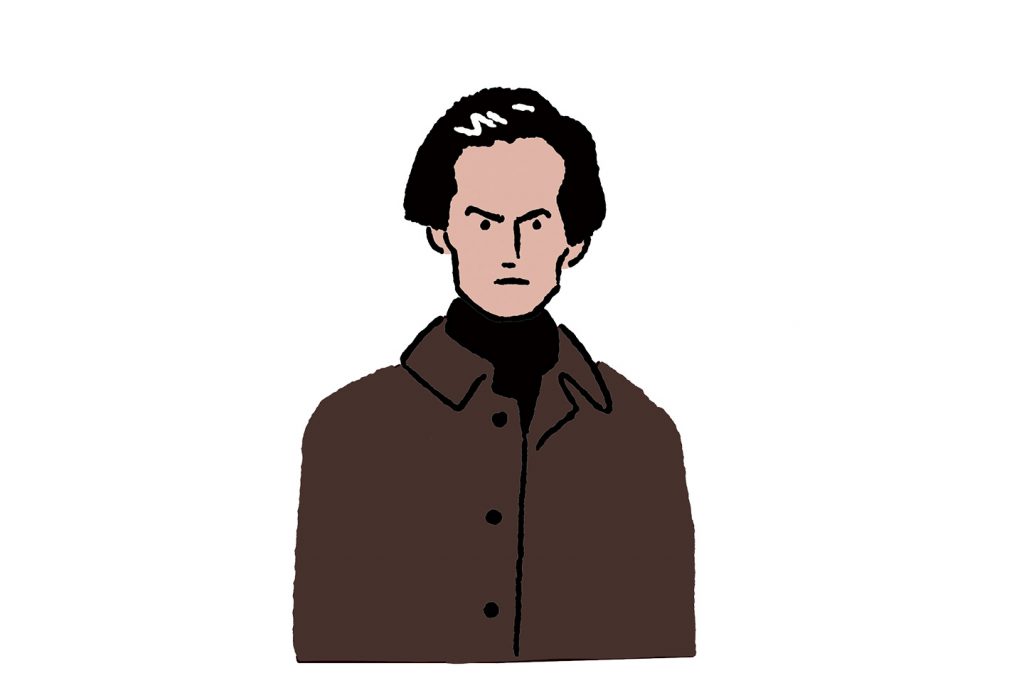
Examining artists is a series of articles introducing the lives of painters and composers from all over the world in the past and present along with illustrations by Sora Toshima. This installment focuses on Yuzo Saeki (1898-1928), who celebrated the 125th anniversary of his birth in 2023. Saeki had painted landscapes and encounters as motifs while living in Osaka, Tokyo, and Paris. Why did he change his painting style so drastically during his short career? We will explore the drama that lay behind the change.
Illustration: Sora Toyoshima
Japanese original text: Akira Tomita (Director, Tokyo Station Gallery)
Translation: Kae Shigeno
Initiation by the master Vlaminck
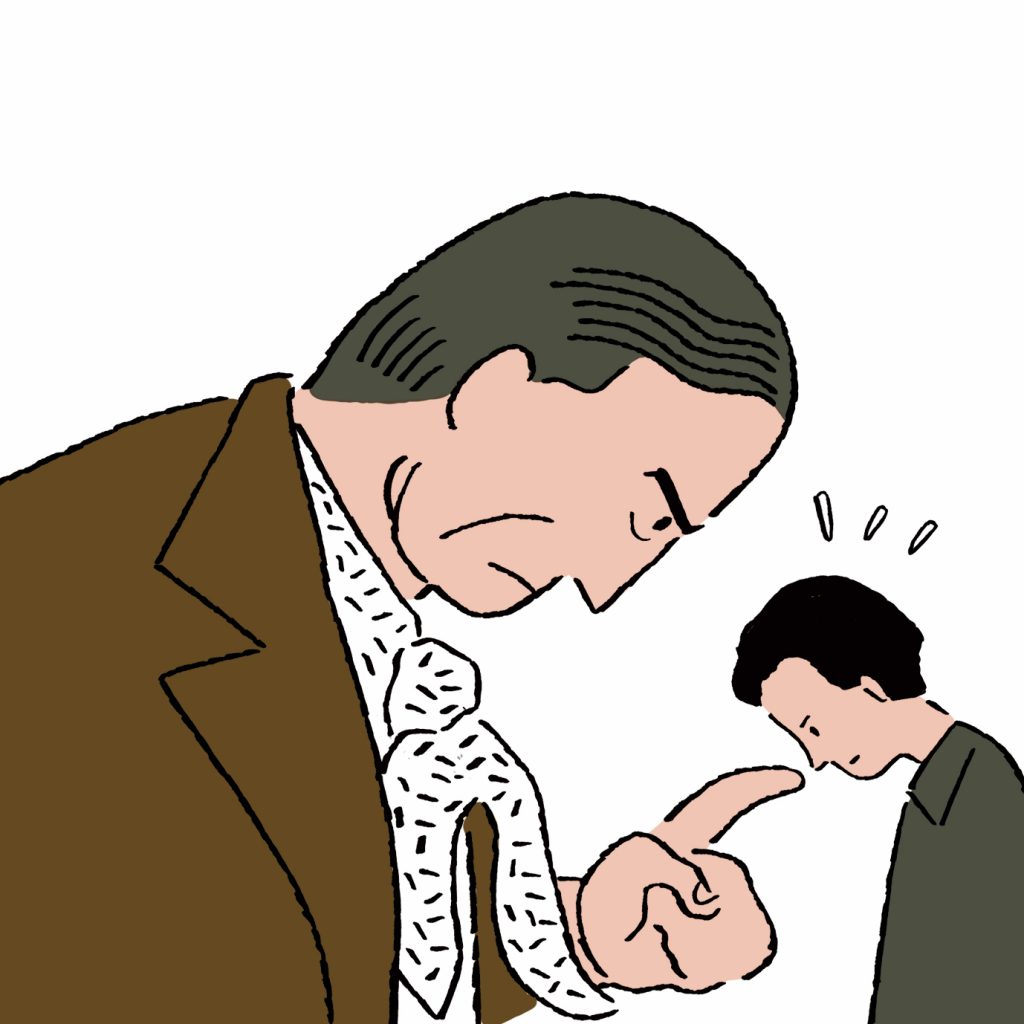
Attracted by stone building walls
After being “rebuked” by Vlaminck, Saeki began painting Fauvist-style landscapes with a rough touch and dark colors, but one day he was greatly inspired by an exhibition of Utrillo’s work and shifted his style to painting Paris cityscapes with a heavy touch. Stone building walls in particular were a motif that Saeki was strongly attracted to. His work Cordonnerie, depicting a frontal view of a shoemaker’s wall, was selected for the first time at the Salon d’Automne. On the first day of the exhibition, he attracted a buyer, and seven of his works in his studio were also sold. Although his life as a student seemed to be smooth, he had to return home temporarily due to his family’s concern about Saeki’s tuberculosis.
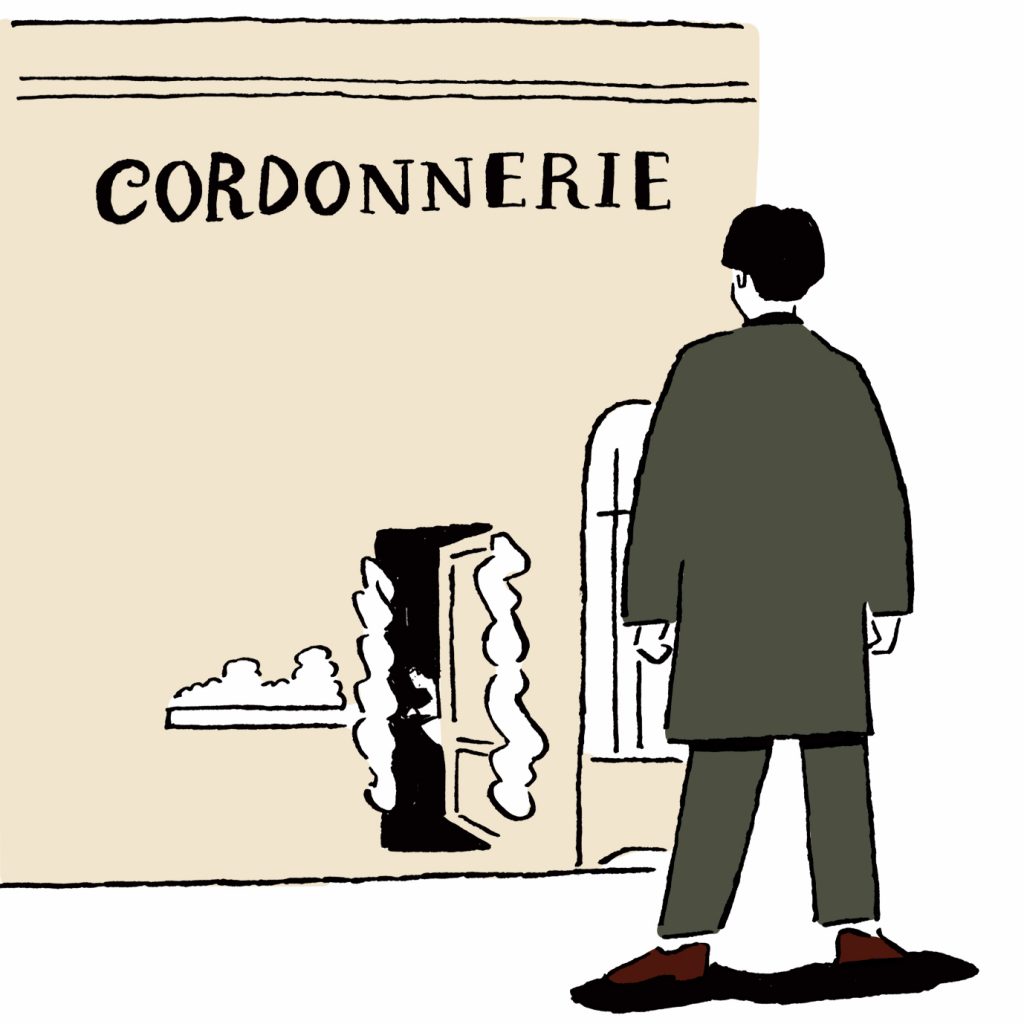
Discover landscapes of Japan
Upon returning to Japan, Saeki declared, “I’m going to study in Japan,” but he struggled to find a motif that would allow him to fully utilize the unique style he had developed in Paris. Despite this challenge, he energetically continued his work in the Shimo-Ochiai area of Tokyo, where his studio was located, and in the Ajigawa river area of Osaka. In these works, much emphasis is placed on the depiction of lines, such as telegraph poles and sailing ship masts. These works show Saeki’s persistence in searching for a new form of expression while struggling with motifs. Eventually, within a year and a half, Saeki returned to Paris and began working at a tremendous pace, as if he was being driven by something even more urgent than before.
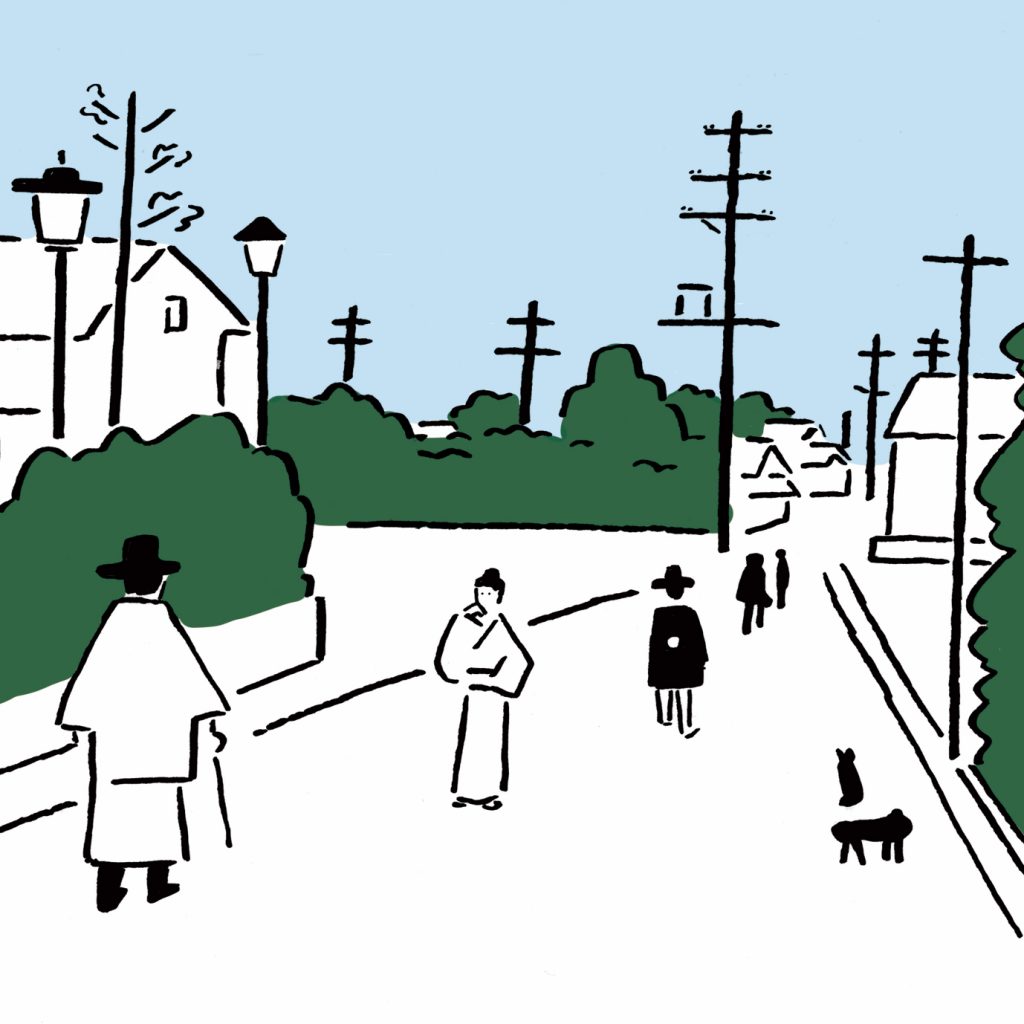
Toward a new style of unrestrained lines
In the works from the second Paris period, unrestrained lines bounce around the works, from the branches of street trees to the letters on posters and even signatures. He acquired a new style by using the depiction of lines he had learned in Japan during his temporary return to there. These works, overflowing with vitality and dynamism, were not imitations of anyone else’s work, but unique expressions of Saeki’s originality. He was always a swift painter, but this period had spurred him on. He produced several pieces a day and rarely made changes afterward. This rapid execution was the key to achieving the freedom and fluidity evident in his lines.
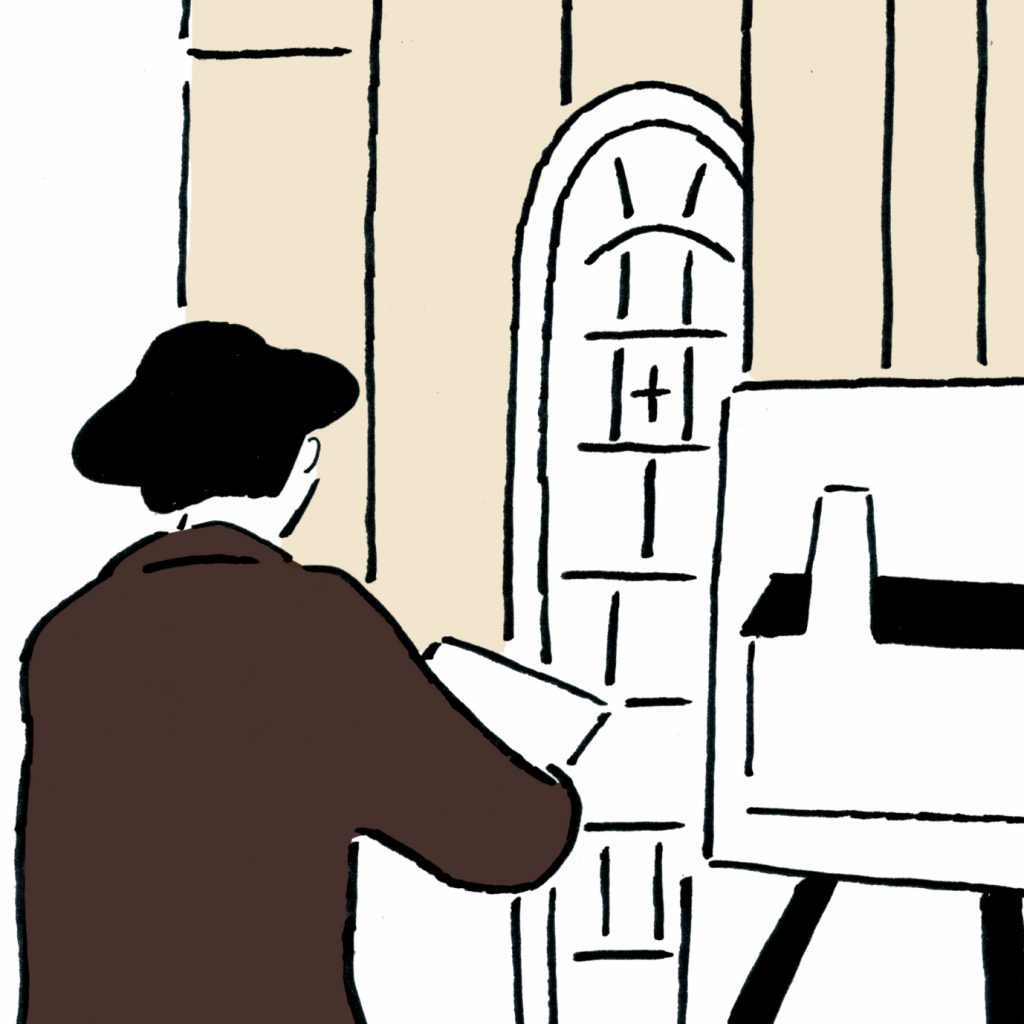
Last masterpiece
“The number of works is flexible, and you’ll get paid 3,000 francs for each canvas sized at 100-gou (each large canvas) per month,” an art dealer sees a painting in progress on a Paris street and offers Saeki a contract. There were more than 100 Japanese painters in Paris at that time, but few were held in such high esteem. However, Saeki had very little time left. A year after his arrival in Paris, Saeki, ill in health and mentally trapped, breathed his last in a psychiatric hospital in the suburbs. The work Postman that Saeki painted in his sickbed is his final masterpiece, that can be considered as it paying homage to Vincent van Gogh’s Portrait of the Postman Joseph Roulin, a figure Saeki had deeply admired since his youth.
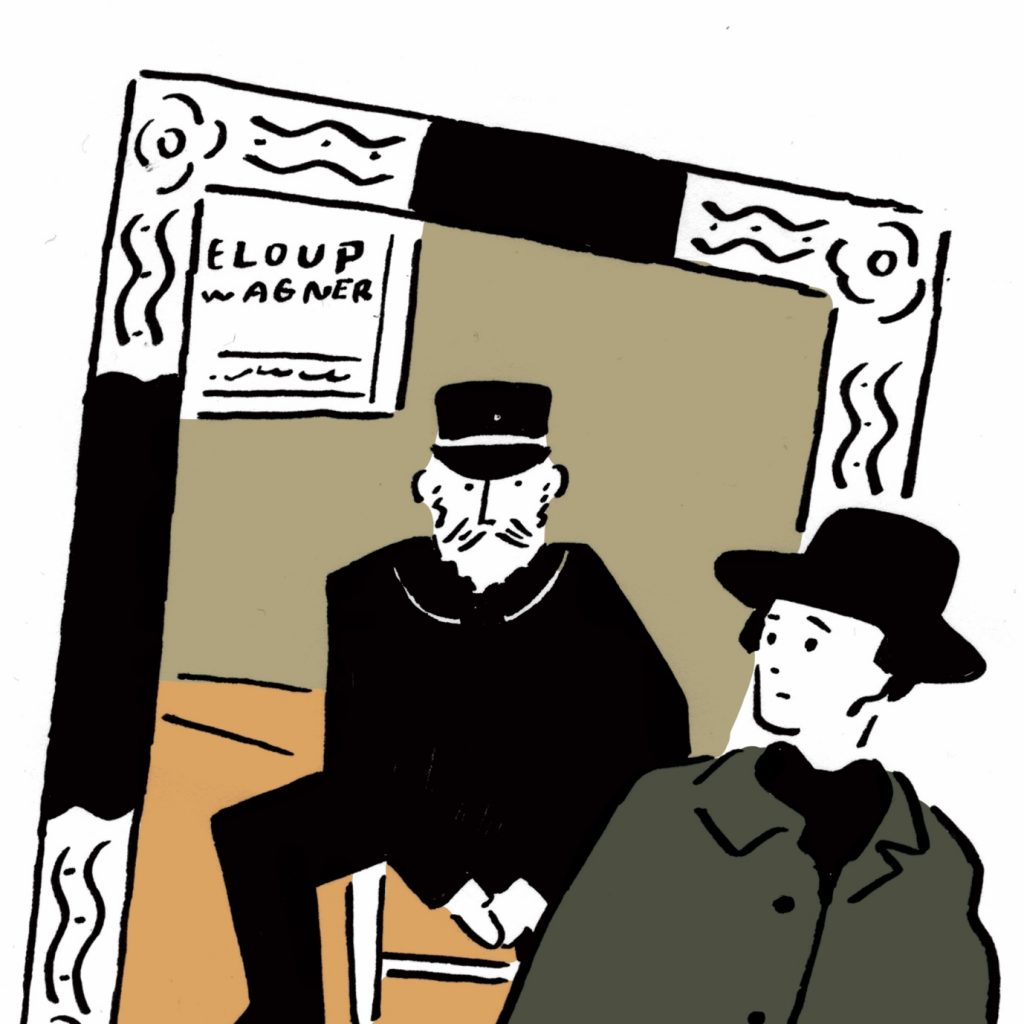
Yuzo Saeki
1898 – 1928
Saeki was born in 1898 in Osaka. After graduating from the Tokyo School of Fine Arts at the age of 25, he set out for Paris in the same year. He once returned to Japan but back to Europe in 1927. He continued to work furiously, but his tuberculosis worsened and was driven into a mental corner, he died a year later in a hospital in Paris suburbs. He was 30.
Sora Toyoshima
Illustrator. Born 1980 in Ibaraki Prefecture. Graduated from PALETTE CLUB SHOOL.
Works with both Japanese and overseas clients, mainly in areas of magazine, advertisement, websites, and apparels. He specializes in soccer-related illustrations, men's fashion illustrations, and portraits.
http://soratoyoshima.net(in Japanese)


